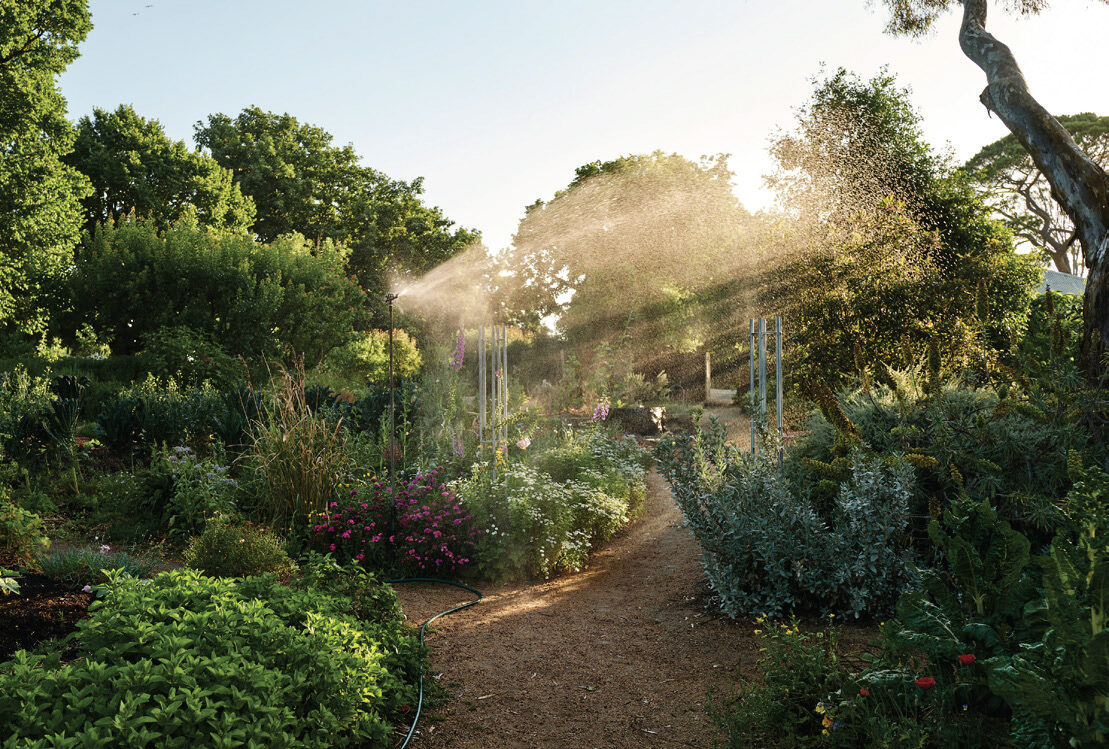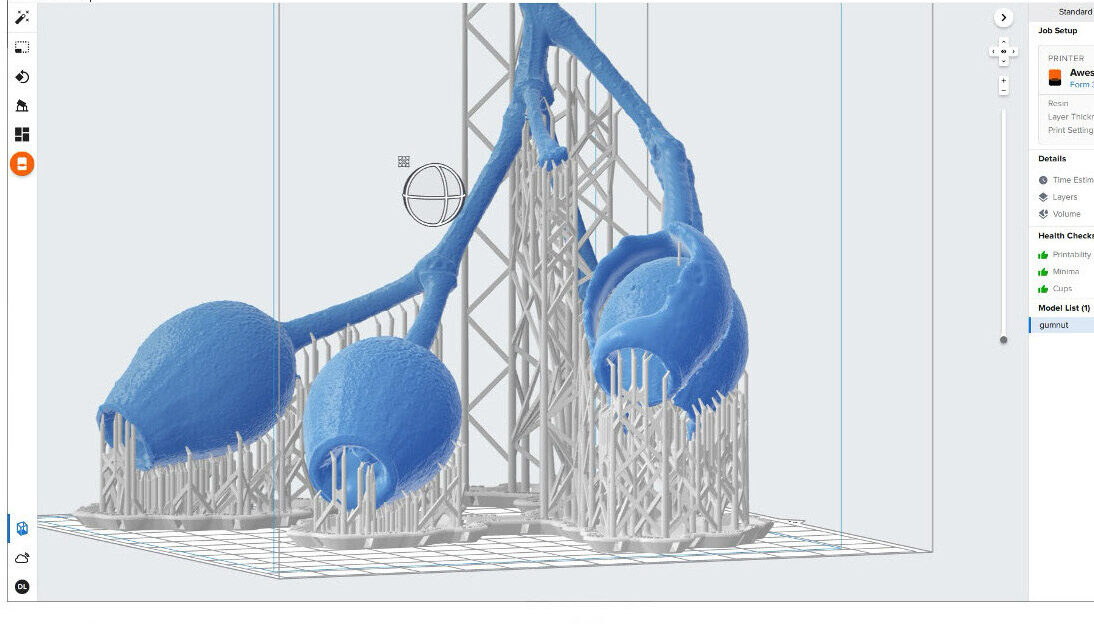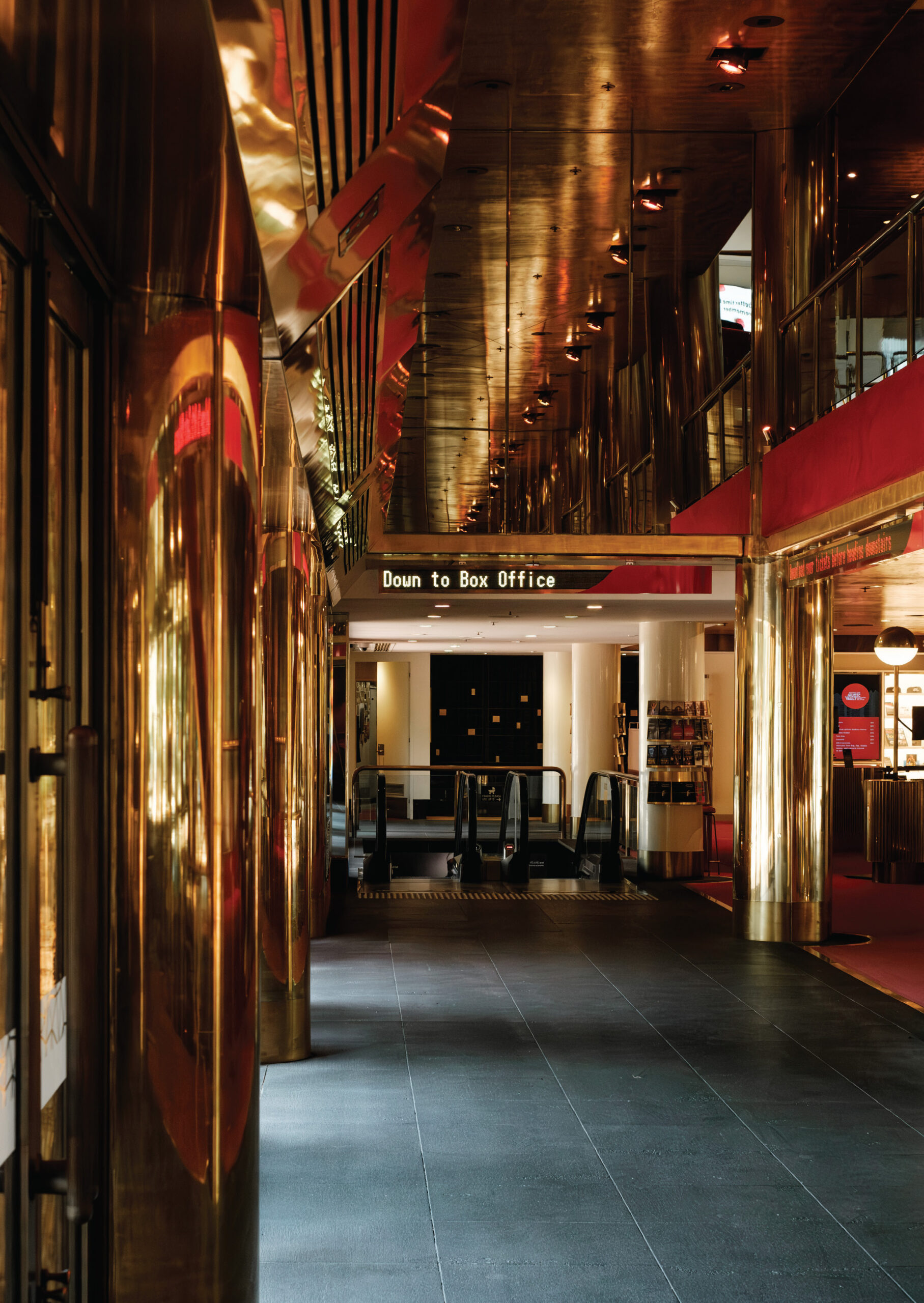Reflecting on Senses of Home

Home is a concept that is both familiar and elusive, encompassing both the material dwelling (a home) and an existential state (feeling at home). As architects, we are engaged in the imagination and construction of houses with a promise that the existential state will follow. However, we cannot assume that the foundations that we lay afford everyone the same opportunity to feel at home.
The Healing Garden at the Heide Museum of Modern Art

We’ve found that the Healing Garden is a democratic space because you don’t need language in the garden. There are no expectations in the garden. The garden brings memory – which is vitally important for people diagnosed with dementia.
Museum of Touch: Making Museums Accessible Through Technology

Museums have long served as cultural guardians, preserving and displaying collections of artworks, artifacts, and specimens that give insight into human history and the natural world. However, most museums prioritise the preservation of these objects, often enclosing them in glass vitrines and restricting direct physical interaction to protect fragile, light-sensitive, or irreplaceable items.
Splendour and Sparkle

“The interiors of this building were designed under an unusual set of circumstances, whereby the tactics and skills of set design were writ large on a complex performing arts venue.”
Yarra Ranges Special Development School by Architecture architecture

Many of us will have memories of bustling school corridors: throngs of students pushing their way through elbows and school bags under bright white lights.
Comfort or dis/comfort

This article explores two KTA projects: the Melbourne Holocaust Museum, using humane design to address sensitive content, and Bundanon, where climatic discomfort connects visitors to Country.
Atlantic Fellows for Social Equity: Jackson Clements Burrows Architects

The University of Melbourne’s New Student Precinct (NSP) is not an unfamiliar place for Melburnians, particularly, among architects. It holds ground as a dynamic towering addition to the university’s rich heritage campus in Parkville, however, very few are familiar with what once occupied this site.
NELP Bulleen Park & Ride: Peter Elliott Architecture + Urban Design with GHD & CPB

Anyone who has passed the new freeway interchange in Bulleen near Heide Museum of Modern Art will be shocked by the amount of new infrastructure works that are occurring. It is an other-worldly dystopia, evoking feelings of a concrete Mad Max scene of gigantic machinery, and what appears
to be a village of portables and temporary fencing.
Designing therapeutic environments for residential aged care

How can we design for radical inclusion in residential aged care?
No I.D.s

Historical graffiti, and more recently, forms of street art exist as a rich archive of the life and times of a city and the many layers of its identity. I began photographing Melbourne’s graffiti in the late 1980s, when the local version of New York graffiti was coming of age.